At Kizik, we’re all about elevating the next generation of shoes. It all starts with what’s underfoot — the sole. This unsung hero isn’t just material that keeps your feet off the ground; it's a pivotal part of how a shoe functions, feels, and even looks.
The sole impacts everything from your morning jog to your day out in town. Varying materials used for soles each have their unique benefits that translate into the shoe’s shape, comfort, durability, and use case.
Whether it's the springy comfort of our Rabbit Foam™ or the rugged resilience of rubber, each material plays a key role in crafting the ideal shoe experience. Let's dive into the world beneath your feet to understand why our shoes are a step above the rest.
What are the soles of shoes?
Ever wonder what makes your favorite shoes so comfortable, supportive, or stylish? It’s all in the soles. The sole is that crucial part of the shoe that meets the road, the trail, or the office floor. It's comprised of several layers, each with its own function.
The outsole
This is literally where the rubber meets the road. It's usually made of materials like rubber or synthetic compounds, offering essential traction and durability.
The outsole's pattern and texture play a huge role in how you interact with different surfaces. Some outsoles are made for walking through the city, others are made for hiking up hills.
The midsole
Sandwiched between the outsole and insole, this layer is the core of a shoe's comfort. It's the area that provides cushioning and absorbs shock, so your feet don't take a beating with every step.
The midsole material varies depending on the shoe's purpose — softer materials are used for extra cushioning in casual shoes, whereas sturdier, more supportive materials are used in performance footwear.
The insole
This is your foot's first point of contact with the shoe. Insoles come in various forms — some are cushy for extra comfort, others offer arch support, and some are even designed with orthopedic needs in mind. They're the unsung heroes of foot comfort and can often be removed or replaced to suit individual preferences.
Each of these layers works together to create a sole that's more than just a protective barrier. It's a dynamic system engineered to make every step you take as enjoyable as possible. From grip and stability to comfort and support, the sole is where the magic happens in your favorite pair of shoes.
Why are the soles of shoes important?
The soles in our shoes are more than a minor detail. They play a crucial role in your overall shoe experience.
Shock absorption
Every step you take generates a shock that travels up your leg. Soles act like a buffer, soaking up a portion of that impact. This would be especially important for those who are always on their feet or who love to run. The right sole keeps your feet and joints happier, longer.
Grip and traction
Ever walked on a slippery surface and thanked your lucky stars you didn't fall? You can thank your shoe's soles for that. They provide the grip and traction necessary to navigate various surfaces, whether you're hiking through rugged trails or strutting down a rainy street.
Arch support
Not all feet are created equal. Some of us need a little extra support in the arch area. The right sole will help distribute weight evenly, reduce strain on your arches, and keep pesky foot pains at bay.
Durability
A good sole can significantly extend the life of your shoes. They take the brunt of everyday wear and tear, which means you won’t have to say goodbye to your favorite pair of shoes too soon.
Comfort
If you've ever worn a pair of shoes with poor soles, you know how uncomfortable it can be. A good sole makes a world of difference in how your foot feels throughout the day. It's like having a mini mattress for your feet.
Style
Last but not least, soles can be a style statement. They can be bold, colorful, thick, thin, patterned — you name it. They add that final touch to your footwear, making your shoes truly yours.
What are the different materials used for the soles of shoes?
When it comes to the soles of shoes, it's a whole world of materials out there, each bringing its unique strengths to the table. These materials are chosen based on what the shoe is meant to do — cushion your run, survive rough trails, or add elegance to your stride on city streets. Let's take a closer look at some of these materials and see what they bring to your footwear.
1. Rubber
If there's an MVP in the world of sole materials, it's rubber. Durable, flexible, and with a grip that can handle everything from slick city sidewalks to rough mountain paths, rubber is a go-to for a wide range of shoes.
It's particularly loved in athletic shoes for its shock-absorbing qualities, making each move a little easier on your feet. Plus, it's water-resistant, so it’s commonly used for rain boots and other all-weather footwear.
2. Thermoplastic rubber (TPR)
TPR is a blend of rubber and plastic, giving you the best of both worlds. It's used in soles for its flexibility, durability, and slip resistance.
TPR soles are often found in dress shoes and casual footwear, providing a fine balance between comfort and style. They can be molded into various shapes and finishes, which allow for a range of sleek to elegant designs.
3. Polyurethane (PU)
Polyurethane soles strike a balance between durability and lightness. They're often used in work boots and safety shoes because of their dense yet cushioning nature.
PU soles are also known for their resistance to oil, chemicals, and abrasions, making them a durable choice for rugged work environments. What’s more, they're great at absorbing impacts and keeping you comfy even after long hours on the job.
4. EVA (Ethylene Vinyl Acetate)
EVA soles are light and flexible. They use a foam-like material that is commonly found in running and sports shoes because it reduces weight and enhances athletic performance.
EVA’s cushioning reduces stress on the joints during high-impact activities. It's also quite moldable, allowing for a range of shoe designs that fit snugly and comfortably to the contours of your feet.
5. Leather
Leather soles are a timeless choice. They’re synonymous with elegance and are a traditional choice for high-end, formal footwear.
They are prized for their natural breathability, which adds comfort, and their ability to mold to the shape of the wearer's foot shape over time. While not as durable as synthetic materials when it comes to abrasion resistance, leather soles offer a unique combination of sophistication and natural comfort.
6. Rabbit Foam™
At Kizik, we have a not-so-secret weapon for ultimate comfort: Rabbit Foam™. Imagine stepping onto a cloud with each stride you take. This high-density foam forms the sole of our shoes, ensuring every step is a cushy, delightful experience. Designed for breathability, Rabbit Foam™ outsoles keep your feet fresh, no matter how long your day stretches.
Kiziks like our Lima or Prague — equipped with Rabbit Foam™ — transform each day you’re out and about into a cozy treat for your feet. Truly, a comfort revolution.
How to choose the right sole material
Selecting the right sole material for your shoes is like choosing the right foundation for your house — it's all about what you need and where you're going to use it. Let's walk you through some considerations to help you make the perfect choice for your soles.
Assess your activity needs
Are you a runner, a hiker, or someone who's on their feet all day? Your activity heavily influences the type of sole you need.
For instance, if you're into running, you'll want a sole that provides excellent shock absorption and bounce, something like EVA. For hiking, a durable rubber or TPR sole with great traction would be ideal.
Consider your comfort requirements
Comfort is key, and different sole materials offer different levels of cushioning and support. If you’re looking for supreme comfort and a feeling like you’re walking on clouds, materials like our Rabbit Foam™ would be a great choice.
Think about durability
How long do you expect your shoes to last? Rubber and PU are known for their resilience and can withstand a lot of wear and tear, making them perfect for everyday use or for those who work in demanding environments.
Weather and environment adaptability
Plan to wear your shoes in wet or slippery conditions? Does it rain non-stop where you live? Look for water-resistant and non-slip options like rubber.
If you're mostly in an office environment, leather soles could work and offer a sleek look without the need for heavy-duty properties.
Your personal style
Don’t forget the style factor! The sole can make a major style element of your shoes.
Leather soles give a classic, formal look. On the other hand, EVA and Rabbit Foam™ can offer a modern sporty aesthetic.
Foot health considerations
If you have specific foot conditions or needs, such as flat feet or a need for extra arch support, choosing a sole with the right level of support is crucial. Insoles play a big role here, but the midsole material also contributes significantly to the overall support the shoe offers.
A final word
As we wrap up our journey exploring the diverse world of sole materials, it's clear that the right sole can make all the difference. At Kizik, we're passionate about combining functionality with style, turning it into a reflection of your unique taste.
From the reliable resilience of rubber to the plush paradise of our Rabbit Foam™, each material we choose for our soles is about enhancing your experience. Whether you're navigating city streets, embarking on outdoor adventures, or simply seeking comfort in your daily routine, our soles are designed to support you.
Remember, the sole is more than just a part of your shoe; it's the foundation of your comfort, your style voice, and your trusty, daily companion. Ready to enter a world where comfort meets innovation? The next step is yours.
Sources:
Anatomy of the Shoe | Shoe Guide
Why Good Footwear is So Important for Your Health | Community Health Partners
Thermoplastic Rubber - an overview | ScienceDirect Topics
Foot Conditions A-Z | Institute for Preventive Foothealth (IPFH)


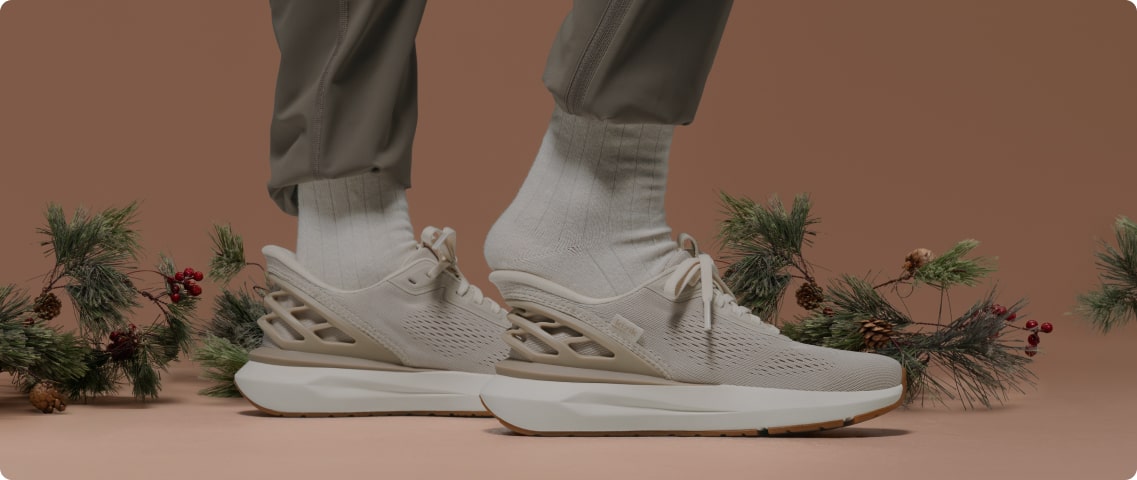
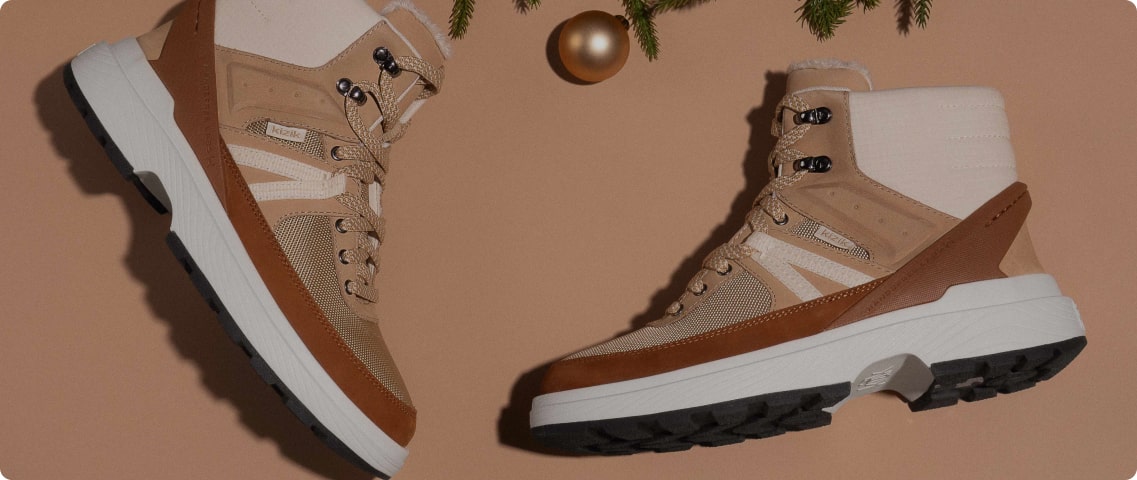
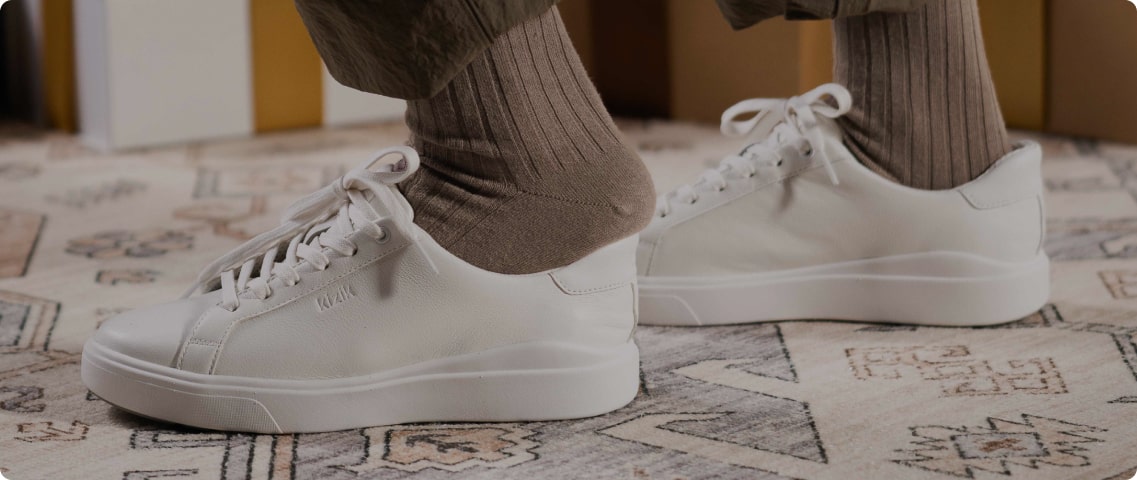
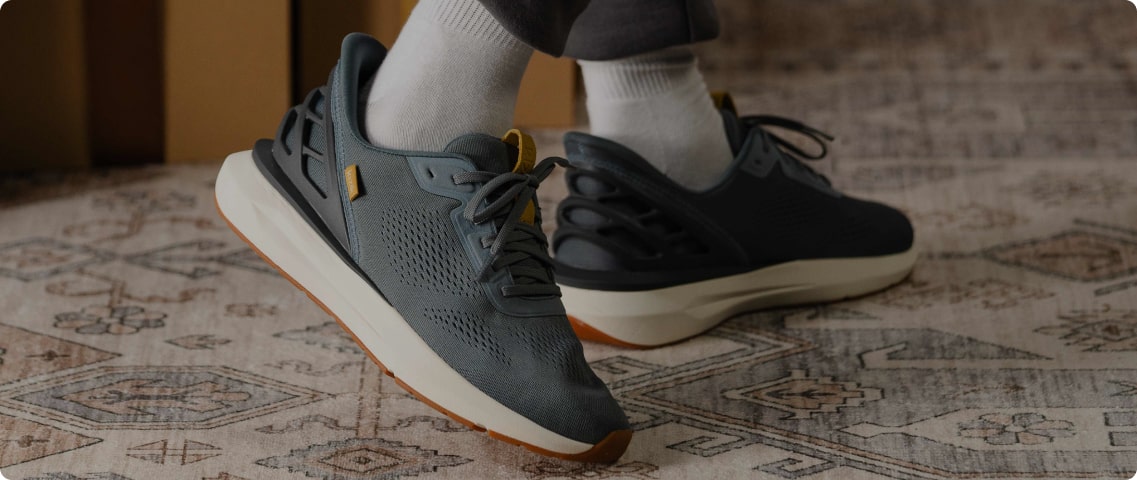
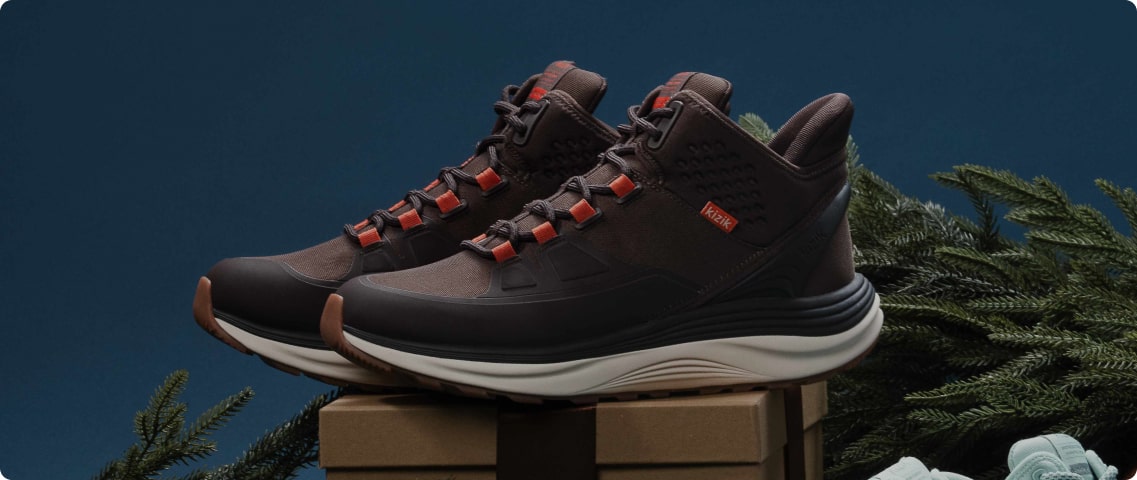
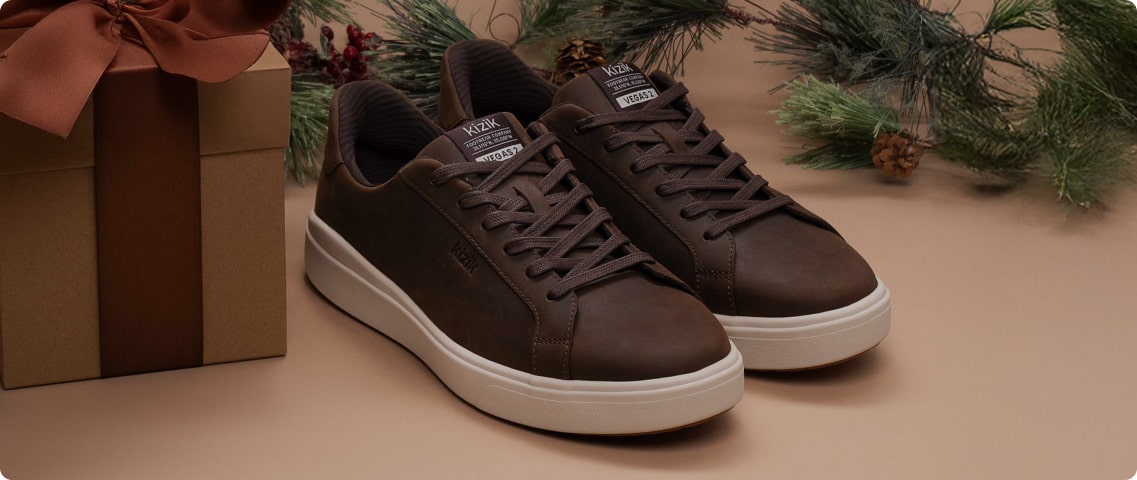
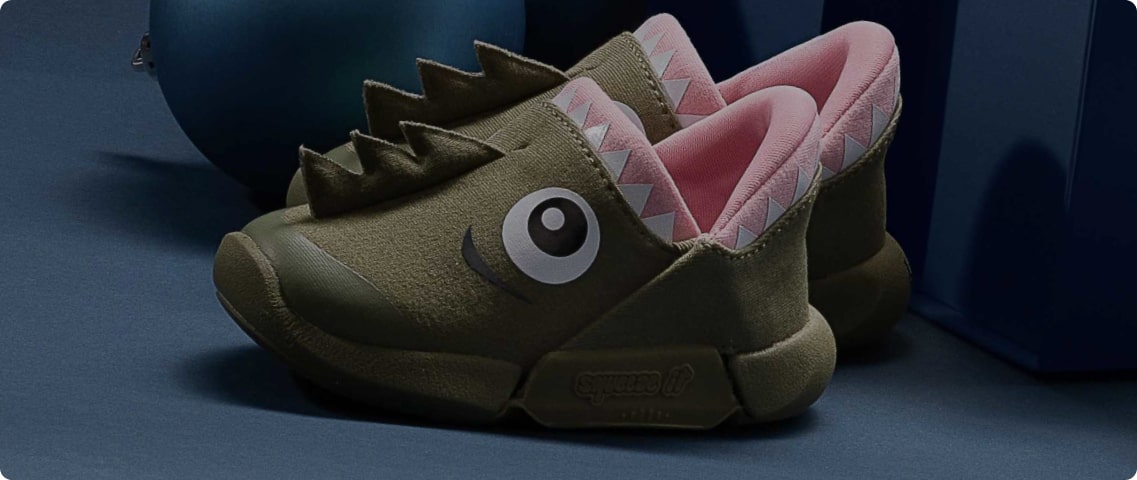
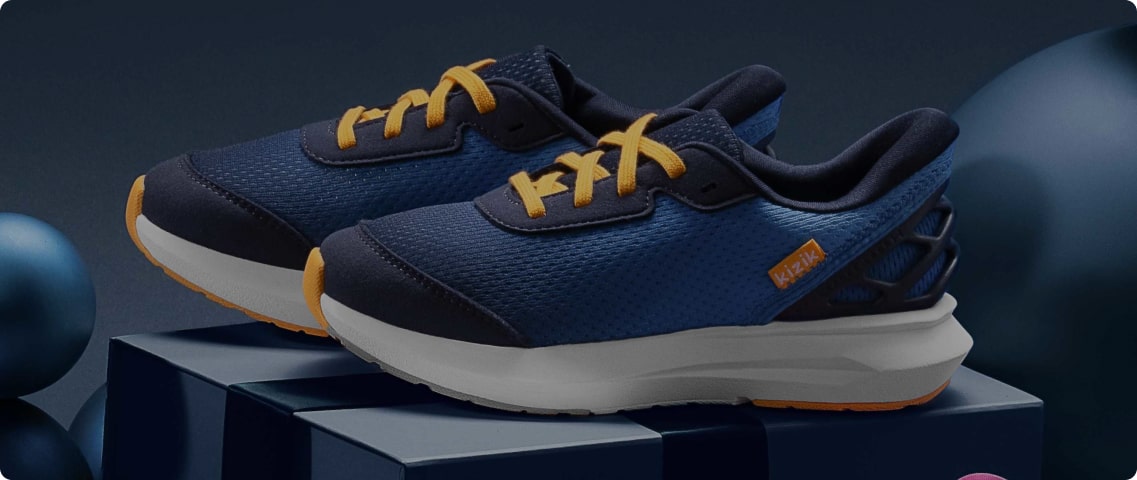
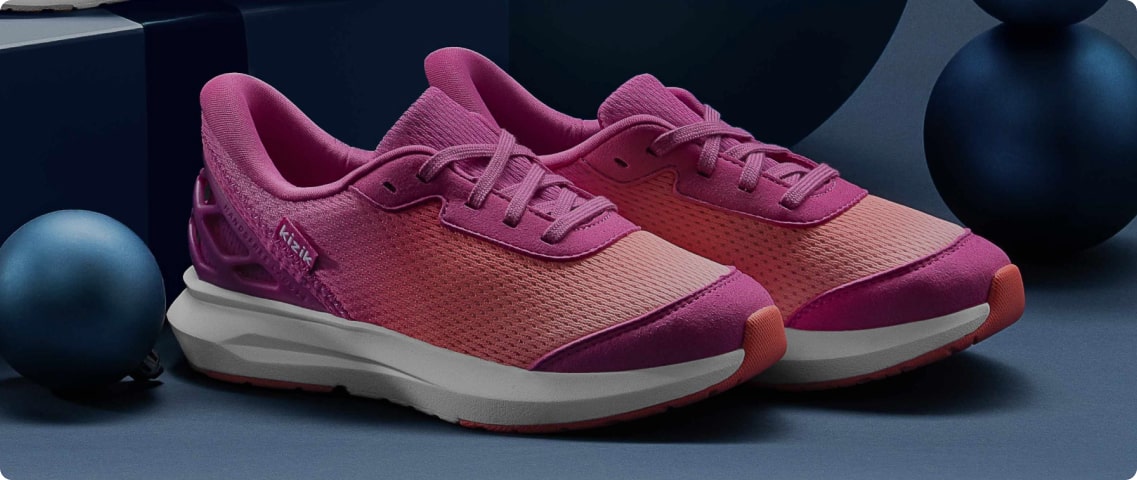




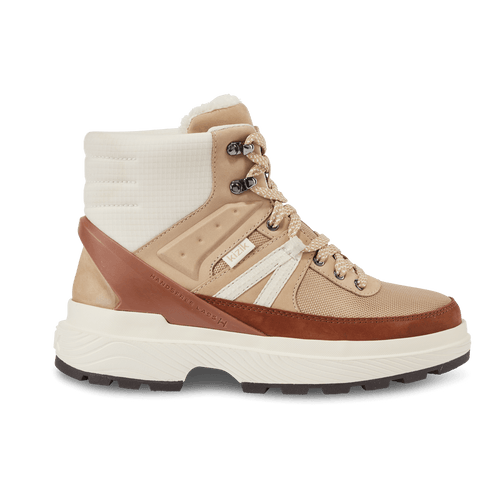
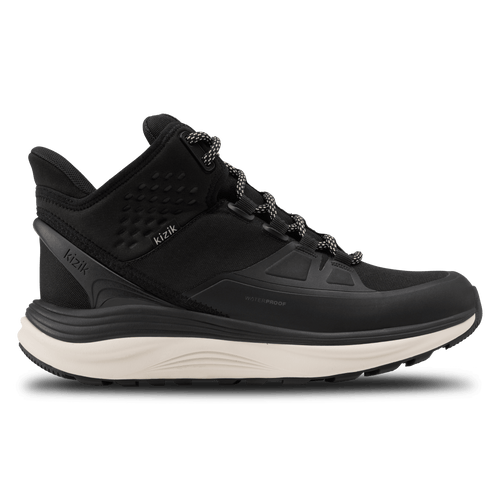





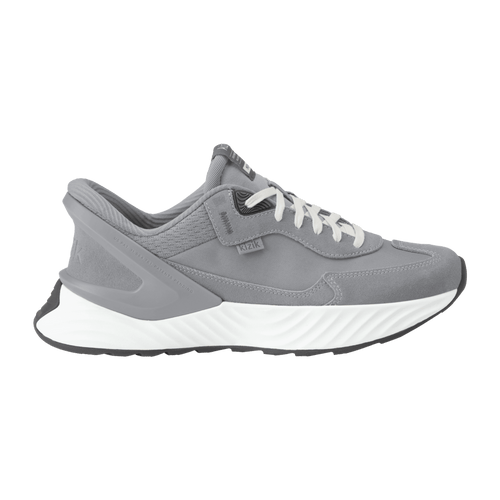


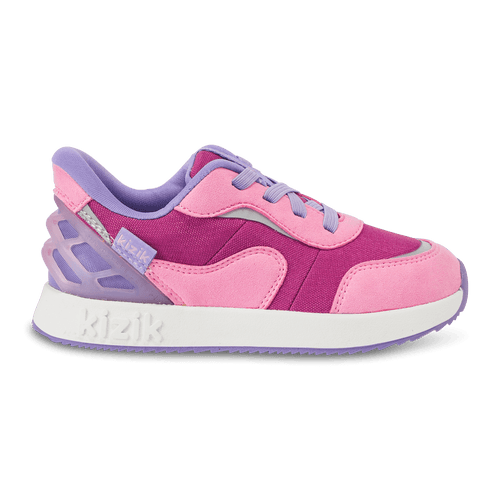

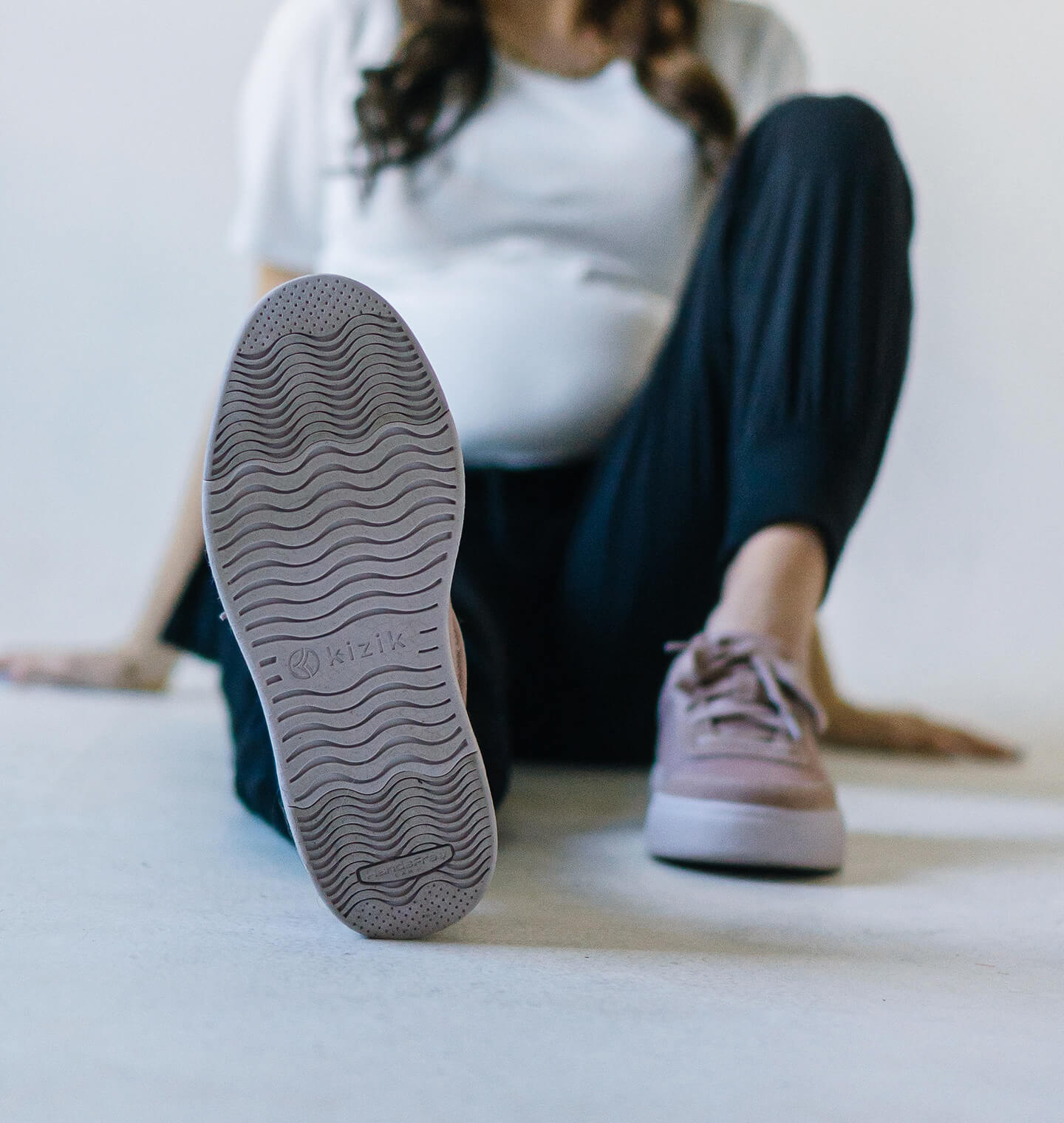

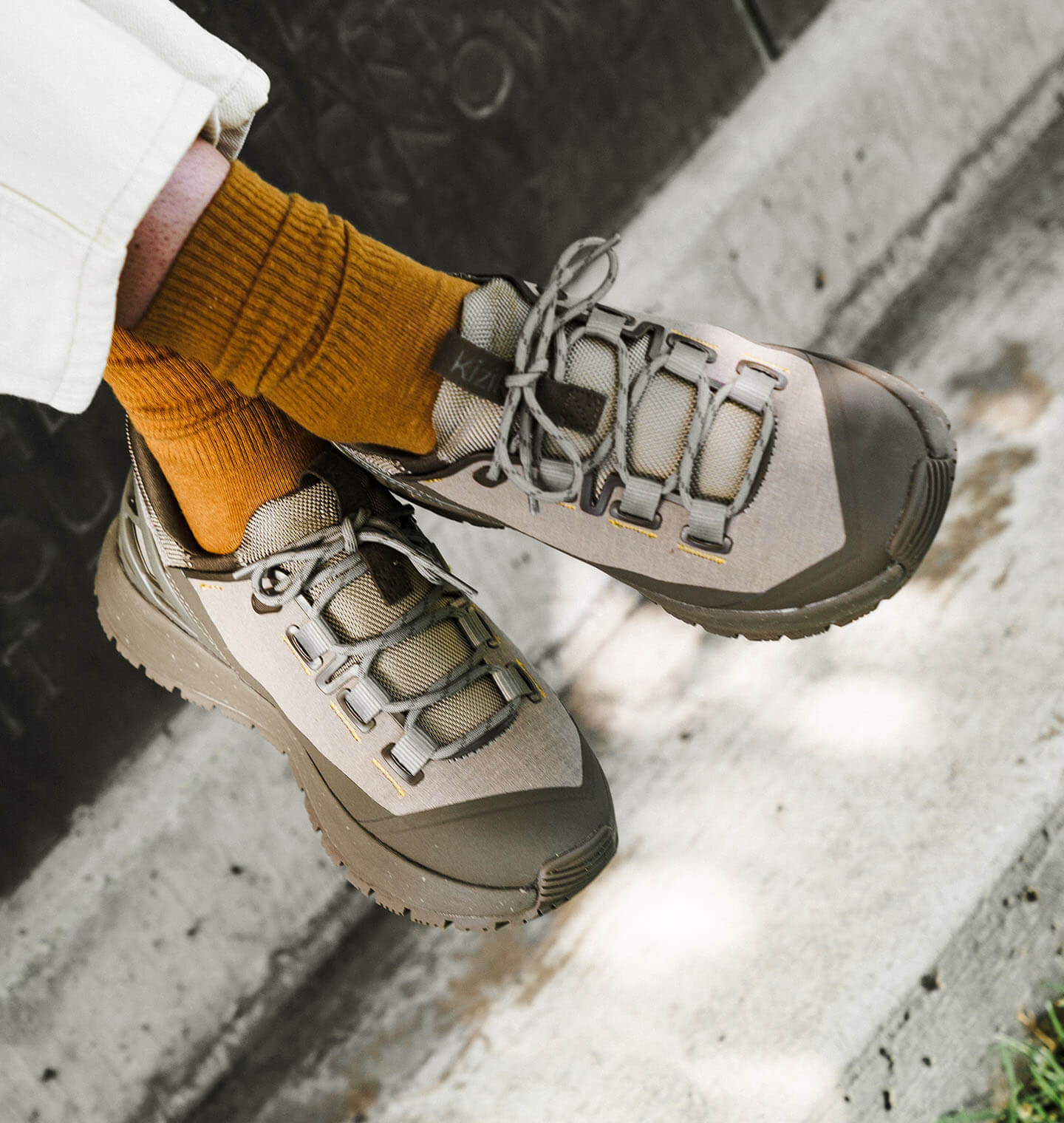
Leave a comment
This site is protected by hCaptcha and the hCaptcha Privacy Policy and Terms of Service apply.